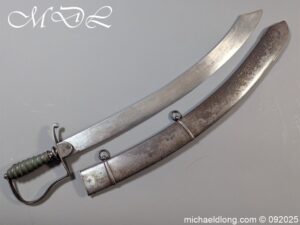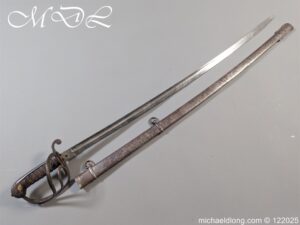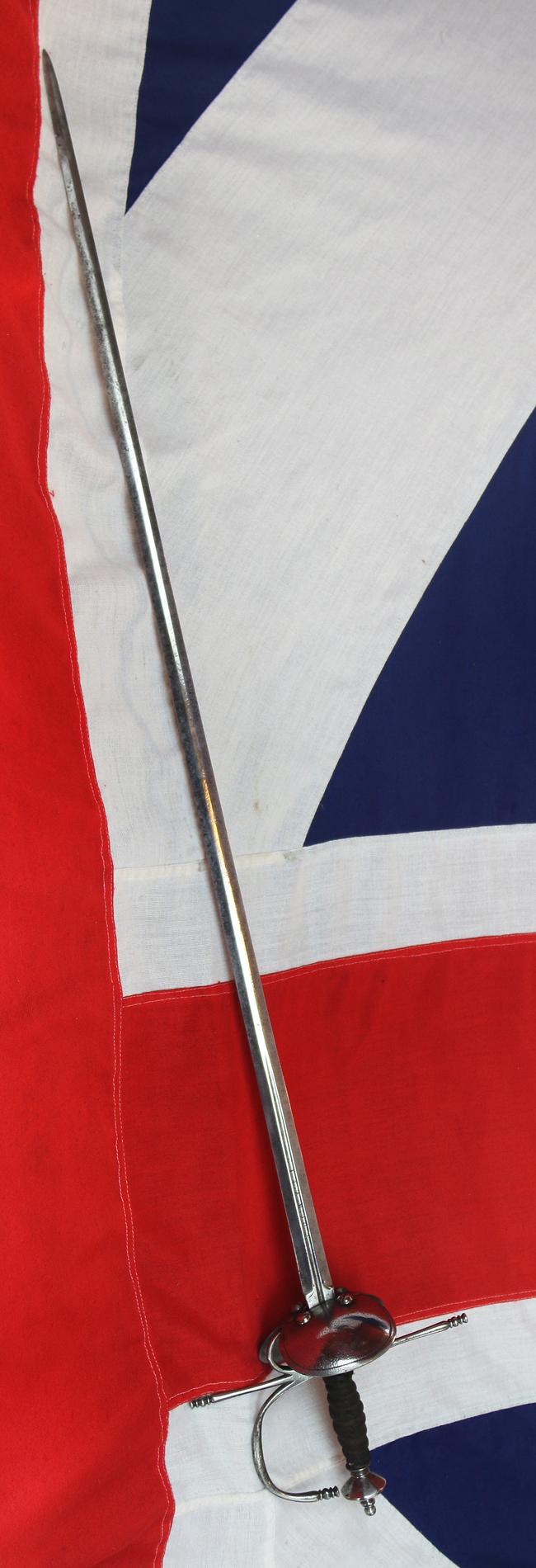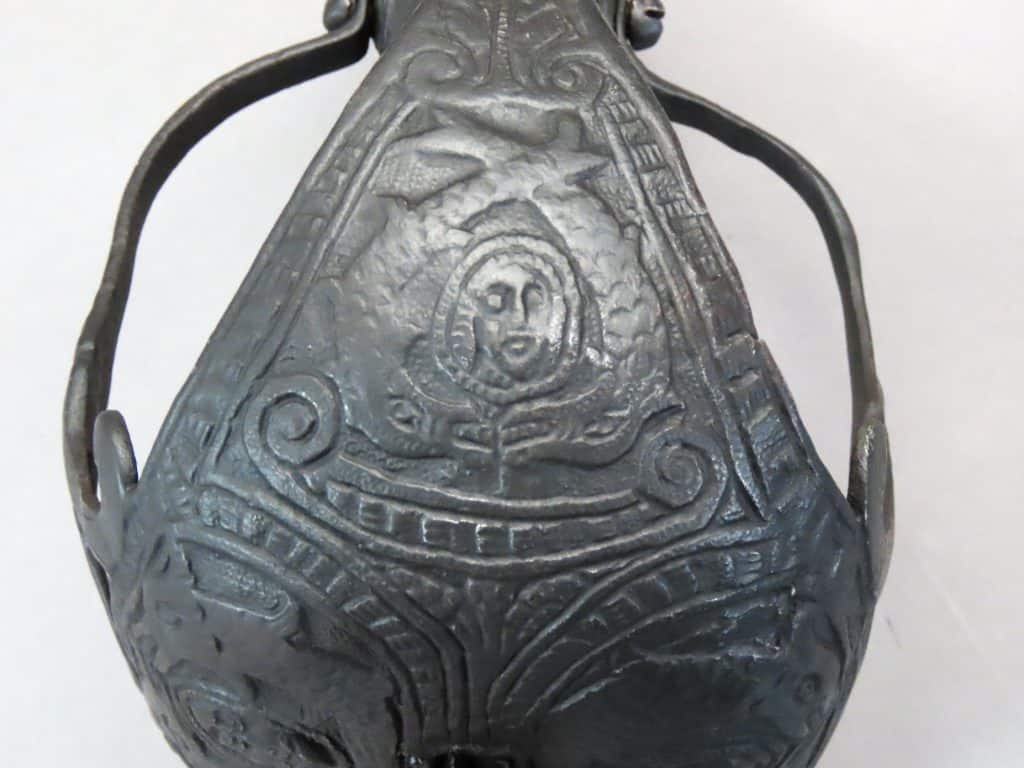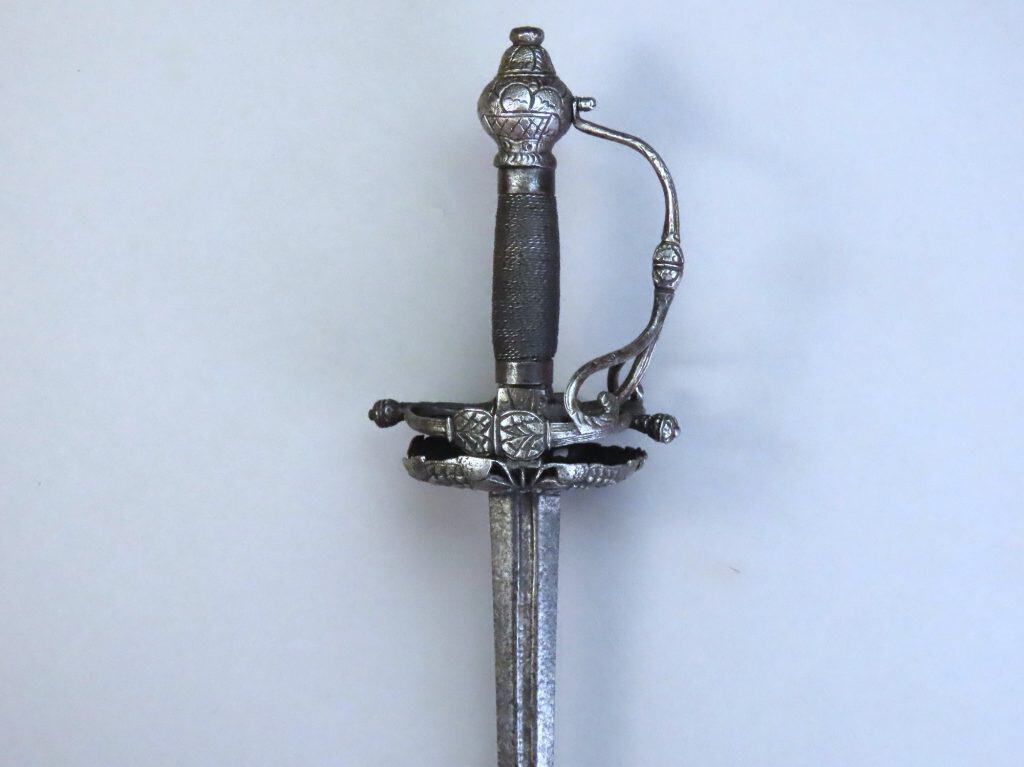For Sale
The following items are listed by for sale by users of the site and dealers. They are in no way endorsed or guaranteed by www.antiquearmsresearch.com
Add a Classified ItemYou can also receive regular email notifcations when items match your keywords. To recieve them just register or logon at the top right of this page.
- Nation : British
- Local Price : £3,650.00
- Nation : British
- Local Price : £3,650.00
- Nation : Indian
- Local Price : £3,650.00
- Nation : Dutch
- Local Price : £3650
- Nation : Persian
- Local Price : £3650
- Nation : British
- Local Price : £3600
- Nation : British
- Local Price : £3550


